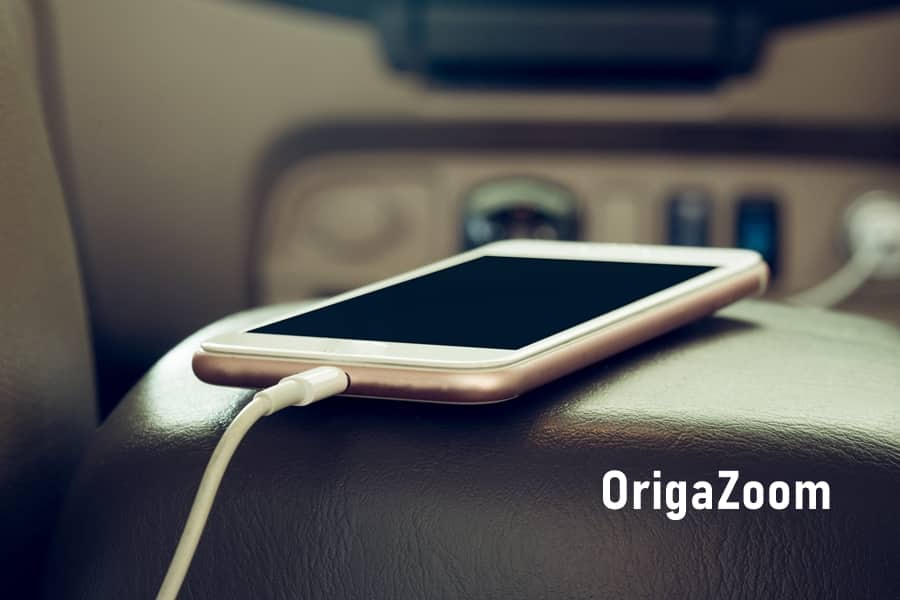Today, I am going to tell you how to age clothes for filming and photography. I often shoot retro or artisans at work. For this, I like the atmosphere of unusual places for shooting, the texture of characters, and the lack of glamorous licking. Many little things are essential in such type of filming and photography and we’ll talk about clothes today.
Clothing is necessary; it also creates the right atmosphere and tells us about the subject’s character. A clean white shirt is an excellent and versatile look that will suit many of your photo stories in style and color, but sometimes it can ruin the whole experience.
Methods of Ageing Clothes for Photography and Filming
If you want to show the viewer that your hero did not just come to pose in beautiful clean clothes but corresponds to his sharp image, then dirt and shabby will only play into your hands. Retro clothing will complement your story and add a highlight to your photography.
And with this thought, lazy people always have the answer “it’s difficult,” “where can I find this,” and “it’s not worth it.” Although, in reality, there is nothing complicated, you need to put in quite a bit of work and imagination.
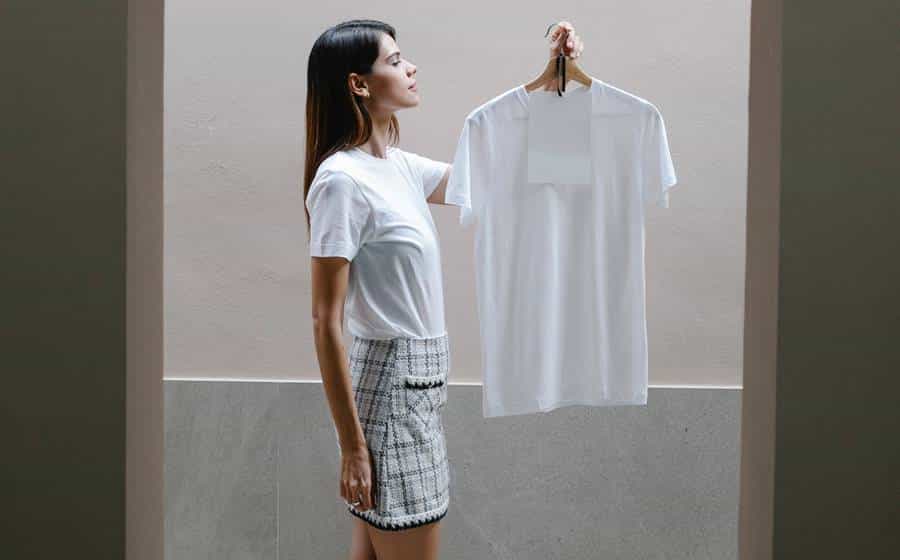
Let’s talk about some simple ways to age clothes.
1. Photoshop
Of course, you can find some grungy texture on the Internet, apply it in Photoshop using the “multiplication” method or a linear dimmer, “draw on the mask and, voila, the white shirt takes on the appearance of a working farm, which our hero has not parted with for many years.
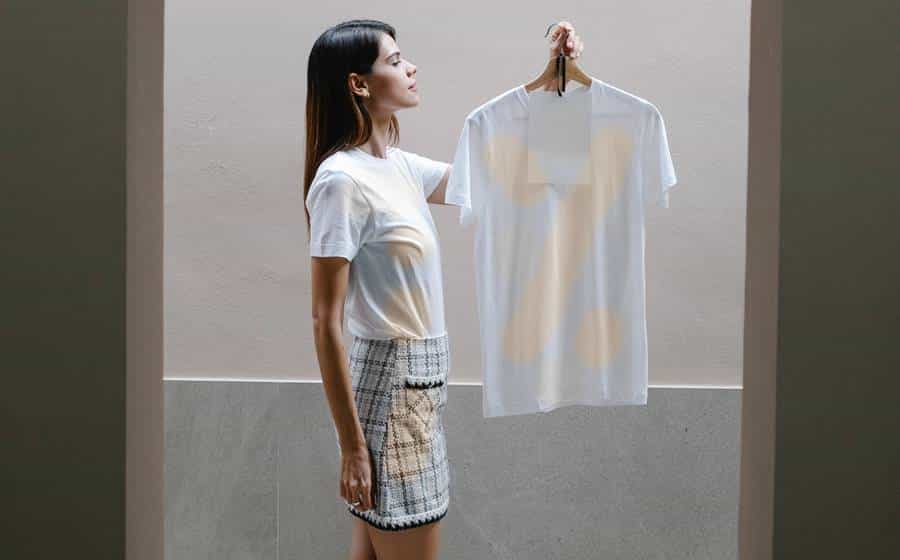
This method, of course, is also not complete without drawbacks. The inserted texture can sometimes look artificial; it will unnaturally lie on the folds and bends of clothes; in some places, you can mess with a mask, and it will be noticeable, and if we are talking about a series of photographs, then repeating texture patterns will catch your eye at different positions of our hero.
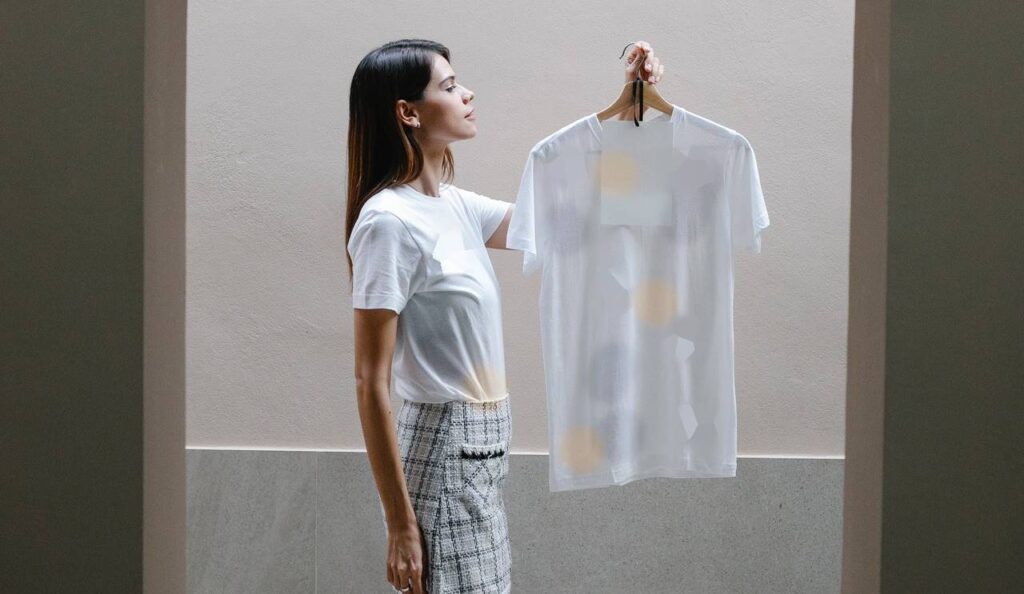
I mean, if you are ready to be confused for the sake of a high-quality result and an exciting process, then you should try to translate such special effects into reality and learn how to quickly and beautifully age things.
2. Tea and Coffee
I already had a little experience with aging things and backgrounds for shooting. I used coffee and an oven (I will describe this method further). Still, since I had the opportunity to write a whole article about this, I decided for myself and for you to conduct several different experiments and try other methods and different dyes, and, of course, compare the effect.
For experimenting, I’ll use a piece of white cotton fabric to show the tone and texture better. Accordingly, clothes for such filming should be selected from natural materials. Cotton and linen work well, but synthetic fabrics can have problems with staining.
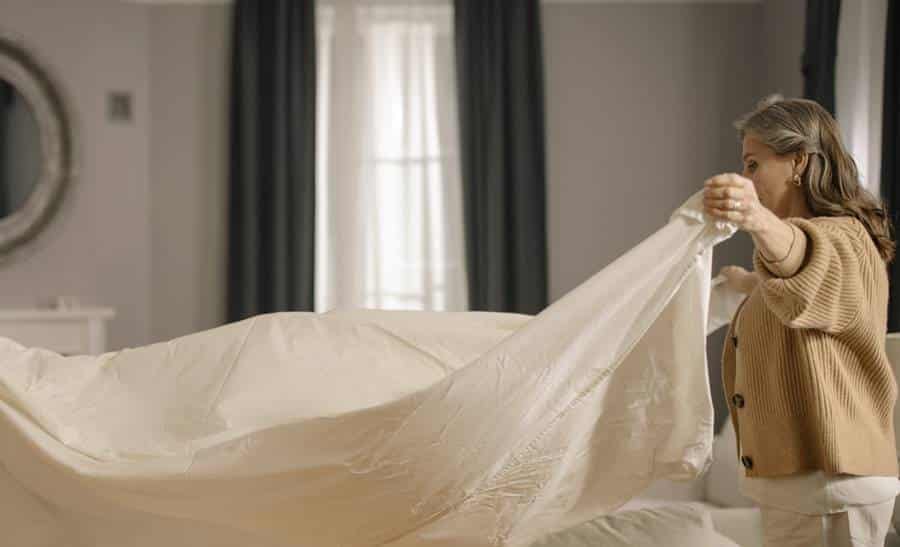
I will take only the simplest ones of the dyes, everything that everyone has at home. Let’s go!
Let’s start by giving the fabric different tones. In the case of aging, these are almost always warm colors; this is how time works.
The most popular and straightforward method is to soak the fabric in a tea or coffee solution. The color will depend on the strength of the brew, on the type of tea and coffee. Cheap tea usually has more dyes, and some hibiscus can give a reddish tint. Coffee, of course, is better to take a Brazilian medium roast in an iron can.
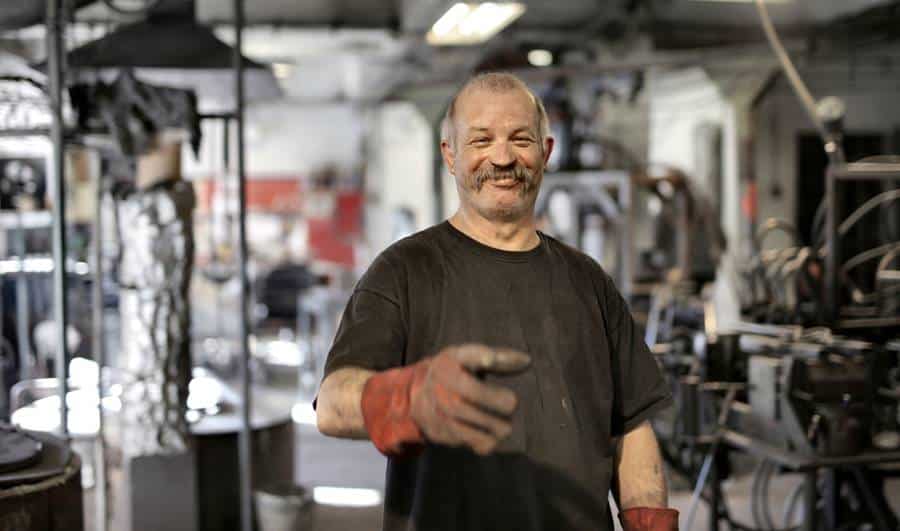
But from the time of soaking, there is not much difference as tests have shown. The fabric is immediately completely saturated and takes on the final shade. At least after 5-10 minutes, the result will be the same, well, only if the brewing itself does not continue to grow stronger at this time.
If the tone on the fabric seemed too dark and saturated to you, you could rinse the thing with clean water immediately after soaking. While the cloth is not dry, it can be washed off very quickly.
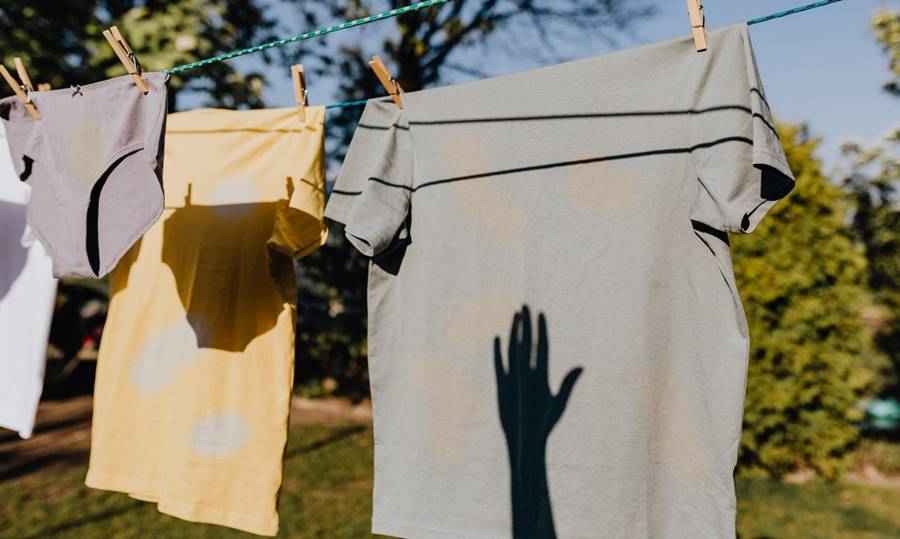
It is best to dry completely hanging flat because more solutions will accumulate in the folds and bends, becoming darker. It applies to all dyes. If you dry it with a hairdryer, you can get stains of different tones; it can be both a minus and a plus if you want to achieve that result.
3. Coke and Cola
Our favorite drink is removing rust, unclogging pipes, and dissolving teeth. Why not try it out in fabric tinting. I will not keep it in it for a day until the fabric dissolves, but I moisten it and dry it. The result is rather inconspicuous. The cloth is somewhat gray. It looks like aging, but the color is less noble than the same tea.
4. Iodine
Iodine toning gave the most unexpected results. Instead of a warm, brownish color, I got a relatively rich blue. In color and structure, it became similar to jeans. The fabric I bought was probably starched, and because of this, it turned out like this beautiful chemical reaction. But this is interesting; you can make, for example, part of a white denim shirt and leave part white. It will be original. Well, or make blots.
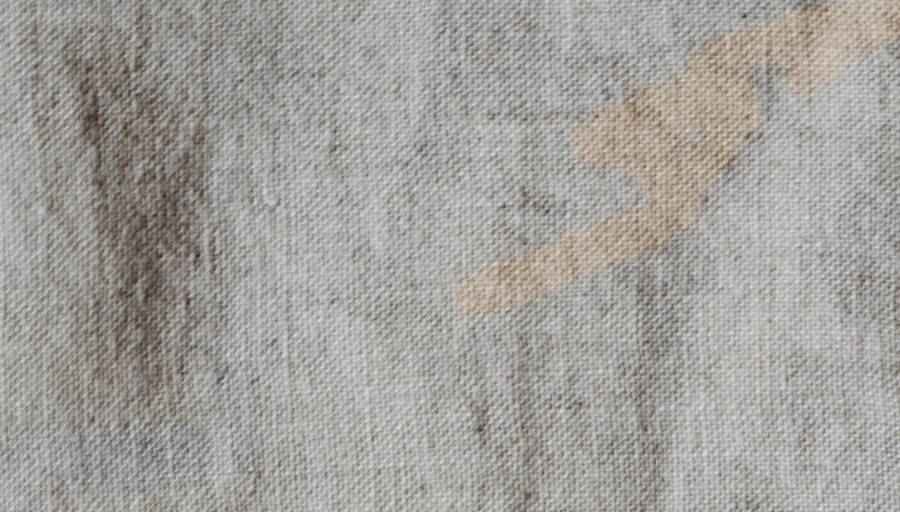
So I would add iodine to the texture section rather than toning. Let’s create various textures that make some patterns on the already prepared tone – lump drying. You can get attractive dark stains if you do not hang the fabric after soaking but crumple it up and leave it to dry. Or get even dark stripes at bends.
5. Dry Coffee and Oven
If you sprinkle a damp cloth with dry instant coffee and put it in the oven, the coffee grains will affect the fabric, very similar to burning with sparks, as from welding or grinder. After this procedure, the material deteriorates quite badly after this procedure, it becomes fragile and looks more like paper, but it will work fine for shooting. An interesting effect, if you decide to make from that model of such a mechanic, as in my examples.
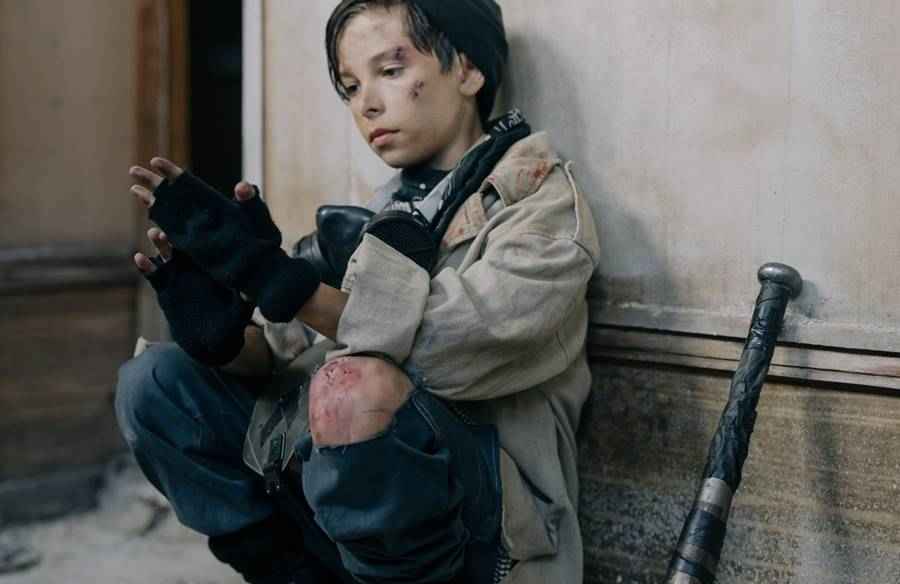
6. Tea Leaves
If you sprinkle a damp cloth with tea leaves or put the leaves in some pattern and then iron it with an iron, you get rust-like stains. The effect is weak, especially if the fabric has already been tinted before, but it probably also depends on the type of tea.
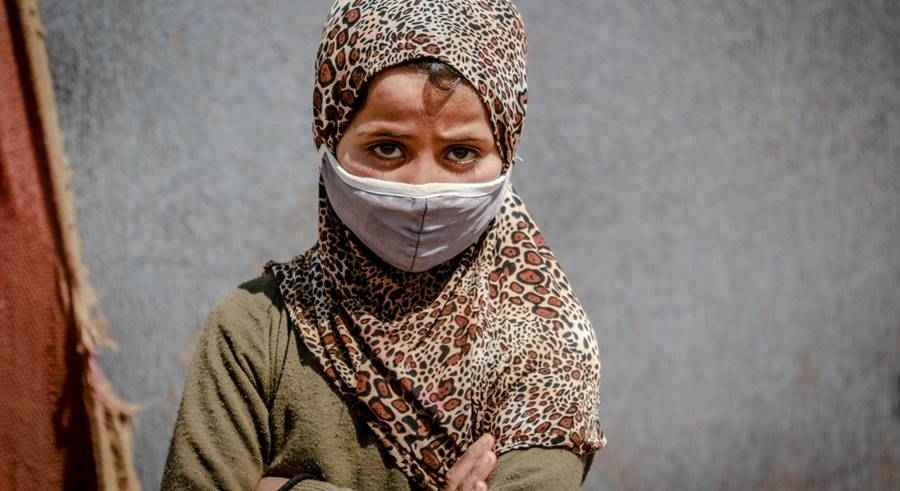
7. Absorption
You can hang your fabric and dip it into the solution with the end to gradually soak in itself. They write on the Internet that in this way, you can get a beautiful gradient from dark to light, but my gradient did not work; I probably need another cloth. But we got an exciting toning border, repeating the texture of the fabric itself.
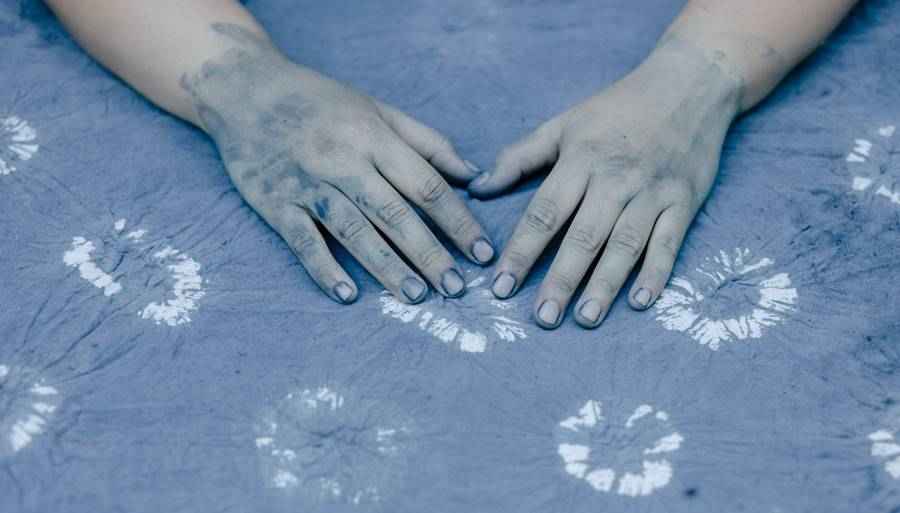
It can also come in handy in some cases.
Conclusion
Still, tea and coffee are the easiest and cheapest ways to tint fabric, but no one bothers you to try special paints, decoctions, and whatever your heart desires. You can achieve a wide variety of shades and saturation by experimenting with the solution.
There is also a large field for experiments; you can use various twisting, mechanical actions, heating. For additional effect, clothes can be torn, cut, or grate in the right places. The main thing is to include imagination and make your shooting more exciting and varied.
Don’t stop at the start; come up with your original and unique ideas. After all, our uniqueness and our photography style consist of such little things.

